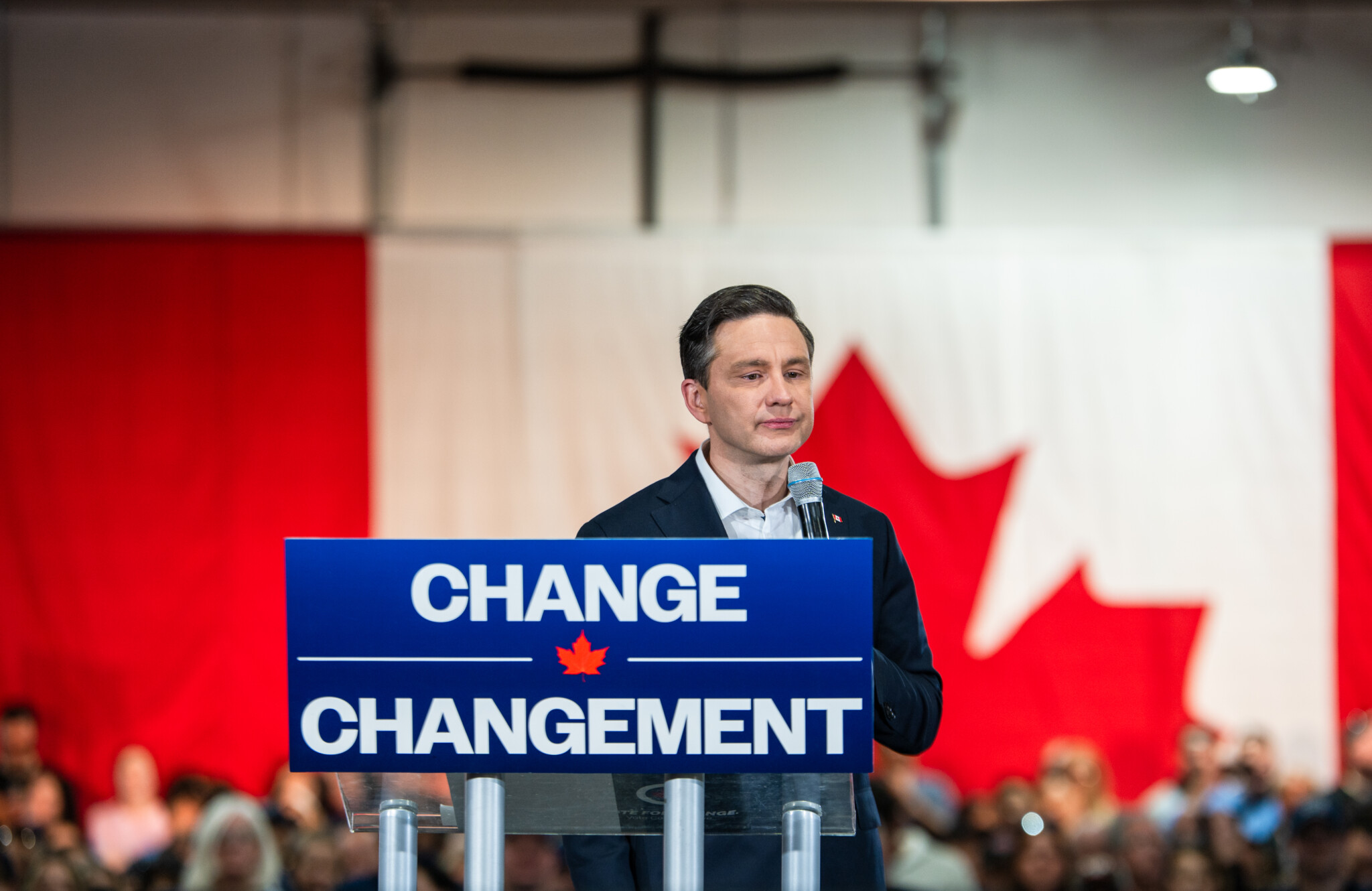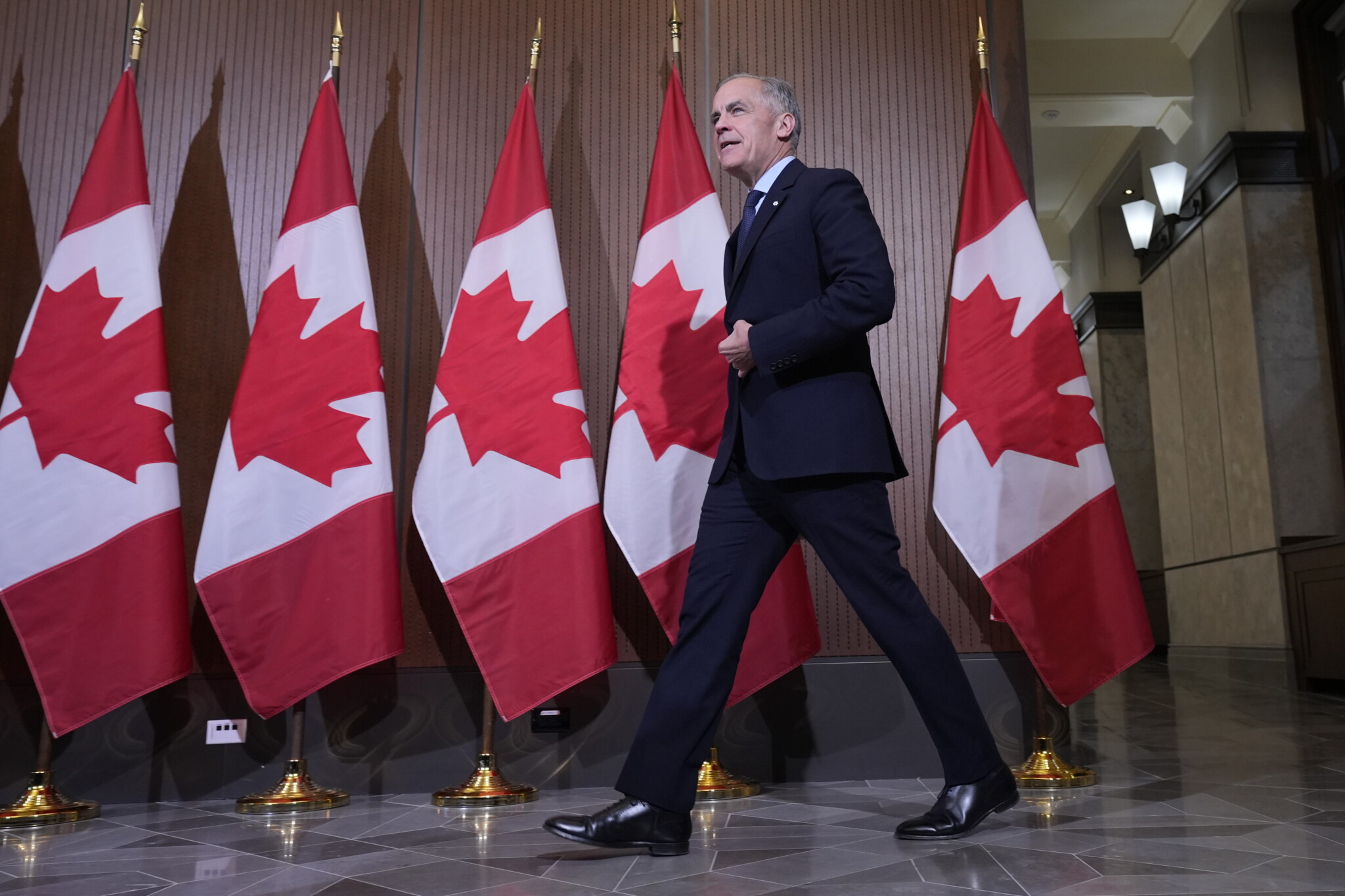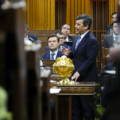In this edition of The Notebook, we mine new survey data from Statistics Canada to take a peek under the hood of Canadian household finances—what we’re spending, where it’s going and even who’s benefiting most from the Liberal government’s marquee child care program. We also examine the coming budget debate over what qualifies as investment spending, and take a quick look at Mark Carney’s mandate letters and Pierre Poilievre’s new economic advisory council.
Purchasing power and fairness
Earlier this week, I wrote in The Hub about how Canada’s retaliatory tariffs—meant to send a strong message to the U.S.—are driving up food prices and hitting low-income households the hardest.
So I thought I’d continue the theme of purchasing power, distribution, and fairness in this week’s edition of The Notebook.
Conveniently, Statistics Canada also released its latest Survey of Household Spending, a biennial report that offers a detailed look at how Canadians are spending their money. The data is for 2023, so slightly dated, but still the most comprehensive snapshot we have.
Here’s one topline takeaway: Canadians are spending more on the basics—and less on everything else.
In 2023, average household spending on food and shelter hit $36,717. That’s up more than $5,000 from 2021, and up $12,000 from a decade ago. Food and shelter now make up 48 percent of the average household consumption budget, up from 41 percent 10 years ago. Among the lowest-income 20 percent of households, it’s 53 percent.
Another noteworthy point: income taxes are also taking up a bigger share of household budgets. The average household paid $23,681 in income taxes last year, up from $18,181 in 2021. That’s a jump from just under 20 percent of total expenditures in 2021 to nearly 22 percent in 2023, and up from 18 percent a decade before.
But that burden isn’t shared equally—it’s mostly an upper-income story.
The top 20 percent of earners paid $81,070 in income taxes on average—up from $56,000 two years earlier. For these households, income taxes accounted for 37 percent of their expenditures in 2023, compared to 31 percent previously two years earlier. At the other end of the income scale, the lowest-income households paid just $863—virtually unchanged.
Child care: cheaper, but for whom?
The household spending survey also offers some insight into how the Liberal government’s $10-a-day child care program is playing out.
The program was launched in 2021 with a $27 billion, five-year commitment, and an additional $37 billion for another five years starting in 2026. The goal was to make child care more affordable and boost labour force participation, particularly among women.
And by at least one measure, it’s working. Average household spending on child care dropped to $384 in 2023, from $648 in 2019.
The data is limited here—we only get average spending across all households, not just those using daycare. (Separate data show daycare expenses per child on average exceed $5,000). But with some back-of-the-envelope math, we can still use the survey data to get a sense of the scale of savings under the Liberal plan.
A separate StatsCan data set puts the number of households in Canada at about 16.6 million in 2023. Multiply that by the average child care spend, and total national spending comes roughly to about $6.4 billion—down from $10.2 billion in 2019. That’s a $3.8 billion drop.
That’s the good news. The less-good news is that most of that savings may be going to higher-income households.

Children play at the Blessed Chiara Badano Child Care Centre in Stouffville, Ont., Friday, May 2, 2025. Nathan Denette/The Canadian Press.
Using the same methodology, we find that of the $3.8 billion in total savings, about $2.2 billion accrued to the top income quintile. The lowest-income quintile saw an aggregate savings of just $174 million.
To be clear, not every program needs to be means-tested. There are solid reasons to keep some policies universal—ranging from affordability to broader economic benefits. And the child care program has delivered widespread gains across demographics. But higher-income families tend to spend more on daycare, have better access to regulated spaces, and exhibit higher rates of labour force participation. So while the child care program has merits, progressivity probably isn’t its strongest feature.
What about the broader economic impact?
Since 2019, labour force participation among women with kids under five has risen by 3.5 percentage points—about 53,000 more women working. Including both genders with children under the age of 5, the net impact is about 64,000 increase in the labour force. Not insignificant, but given the scale of the investment, it’s hard to argue that it’s driven a major shift in the labour supply.
The bigger budget debate is coming
I suspect we’ll be hearing a lot more soon about whether Canadians are getting value for money from all types of government spending.
The debate over the economic merits of policy and spending will take a new life in the coming months as Mark Carney prepares to unveil his first budget in October.
During the campaign, Carney promised to split Canada’s budget into two tracks: one for day-to-day government operations and one for capital spending.
His pledge was that within three years he will only use debt to finance investments, not operating expenses (those will be financed from tax revenue).
The challenge, of course, will be defining what actually counts as “investment.” There will be plenty of political incentives—if not from Carney himself, then certainly from his ministers—to stretch that definition.
We’ll see what guardrails Carney puts in place. The platform language leaves lots of wiggle room: “This will include direct investments the government makes in machinery, equipment, land, and buildings, as well as new incentives that support the formation of private sector capital (e.g. patents, plants, and technology) or which meaningfully raise private sector productivity.”
Figuring out how to build the right framework around this new approach may well be part of the reason the budget was delayed until the fall.
Two kudos for Carney
Still, Carney gets credit on two fronts this week.
First, for offering more clarity around the budget process, cleaning up some of the mixed messages coming from his finance minister.
Second, for issuing clear, slimmed-down mandates to ministers with an emphasis on the economy—a sense of purpose that was sorely lacking in the cabinet announcement itself.
In fact, only one letter was sent to all ministers, outlining seven broad priorities. While not exactly specific policy proposals, you’d be hard-pressed to argue with any of them as objectives:
- Reset the U.S. relationship.
- Fix the economy by removing internal trade barriers and fast-tracking nation-building projects.
- Bring down costs for households.
- Make housing more affordable.
- Strengthen the military.
- Reduce government operating spending.
- And—perhaps the sleeper priority—attract top global talent.
That last one could be significant. In his platform, Carney promised to “revitalize” the Global Skills Strategy, a fast-track visa program for high-skilled international workers. At a time when universities in the U.S. are under attack, Canadian schools are also making the argument for additional public money for research to lure scholars north of the border.
Another lever? Rethinking Canada’s steep marginal tax rate for top earners—currently 54 percent in Ontario—which could be holding back not just the economy, but also, some might argue, our chances of bringing home the Stanley Cup.

Conservative Leader Pierre Poilievre speaks at a rally in Oakville, Ont., on Sunday, April 27, 2025. Laura Proctor/The Canadian Press.
Poilievre’s policy moment
Pierre Poilievre also earns a point for setting up a Leader’s Economic Growth Council tasked with developing policy recommendations. The mandate is to consult widely.
The party would be wise to broaden its policy toolkit beyond the free-market, limited-government paradigm that Poilievre is most comfortable with, but which may feel a little narrow for the challenges we face.
We’re in an era where governments are using economic tools to shape political outcomes. This new age of economic statecraft is about actively steering the economy—not just letting markets run their course.
If you group the government’s economic tools into three broad categories—pro-market reforms like deregulation and tax cuts, industrial strategies like targeted subsidies, and full use of the public balance sheet—Poilievre is mostly drawing from the first. Carney, by contrast, is playing in all three sandboxes.










